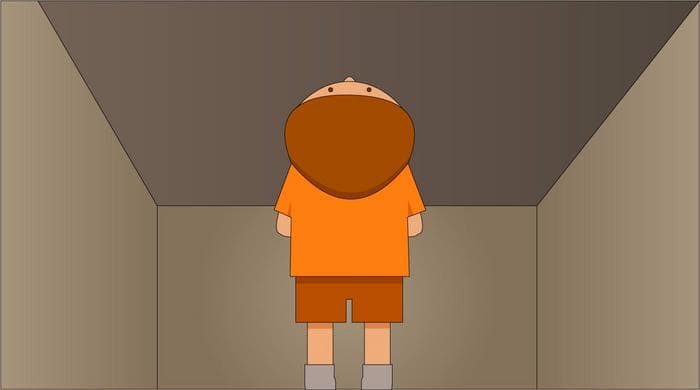Expand the living area

The size of dwellings influences a person at the unconscious level.
For instance, high ceilings in a room add freedom and breadth to thinking, while low ceilings may encourage a sense of confinement.1
Something similar occurs with the body. In one study, scientists raised birds in small cages, and as a result, the animals stayed smaller compared to those raised in larger cages. Additionally, more confined conditions lowered immunity and increased stress hormones in blood.2
plasma CORT concentration was significantly different among the treatments, suggesting that cage size may pose as stressors to birds.
Of course, people don’t live in cages, but our apartments and houses can be cramped. We spend lot of time in them, gradually adapting. This can interfere with the maximum realization of growth potential in childhood and adolescence.
Practical recommendations
- Choose housing with high ceilings. The optimal range is 2.7–2.8 meters (8’8”–9’2”). Heights below 2.2 meters (7’3”) and above 3.1 meters (10’2”) are considered uncomfortable.3
- Visually expand space. Try light colors for walls and ceilings, use reflective surfaces, and keep the space clear by removing unnecessary items from both the top, such as hanging lamps, and the bottom.
- Spend more time in open spaces. For example, perform physical exercises outdoors.
-
(2007). The Influence of Ceiling Height: The Effect of Priming on the Type of Processing That People Use. Journal of Consumer Research, 34(2), 174–186. doi:10.1086/519146 ↩
-
Li, J Y; Liu, W; Ma, R Y; Li, Y; Liu, Y; Qi, R R; Zhan, K (2019). Effects of cage size on growth performance, blood biochemistry, and antibody response in layer breeder males during rearing stage. Poultry Science, (), –. doi:10.3382/ps/pez102 ↩
-
Nikravan Mofrad, Malahat. (2014). The impact of floor-to-ceiling height on human comfort. Asian Journal of Civil Engineering. 15. 277-288 https://www.sid.ir/EN/VEWSSID/J_pdf/103820140208.pdf ↩
Posted on
